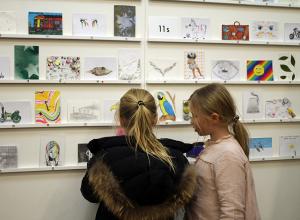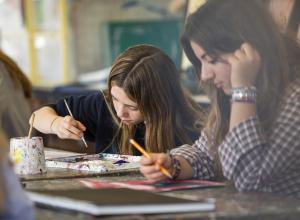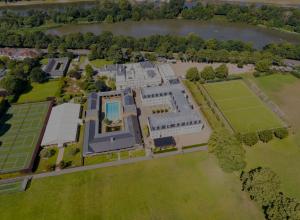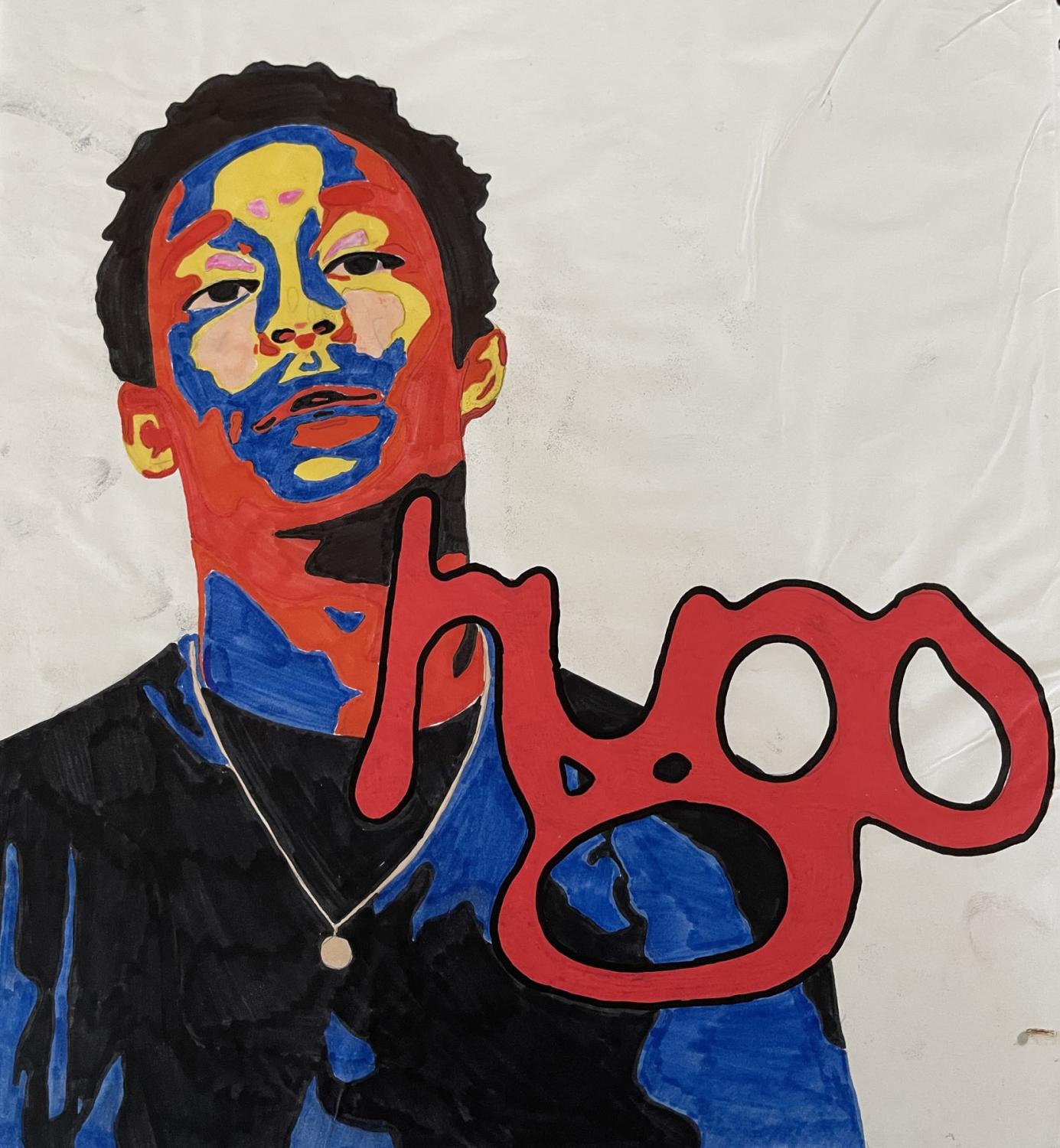
Black History Month in October is now an important event not only in the education calendar but also at the heart of the cultural mainstream. We consider some of Harrodian's BHM initiatives for this year and why they matter.
October was Black History Month (BHM), an event which has grown and grown in its impact since it was founded in 1987. Founded as an educational initiative to challenge racism and boost the self-esteem of Black British children by shining the light on the achievements of Black people, BHM is now celebrated in and well beyond the educational mainstream.
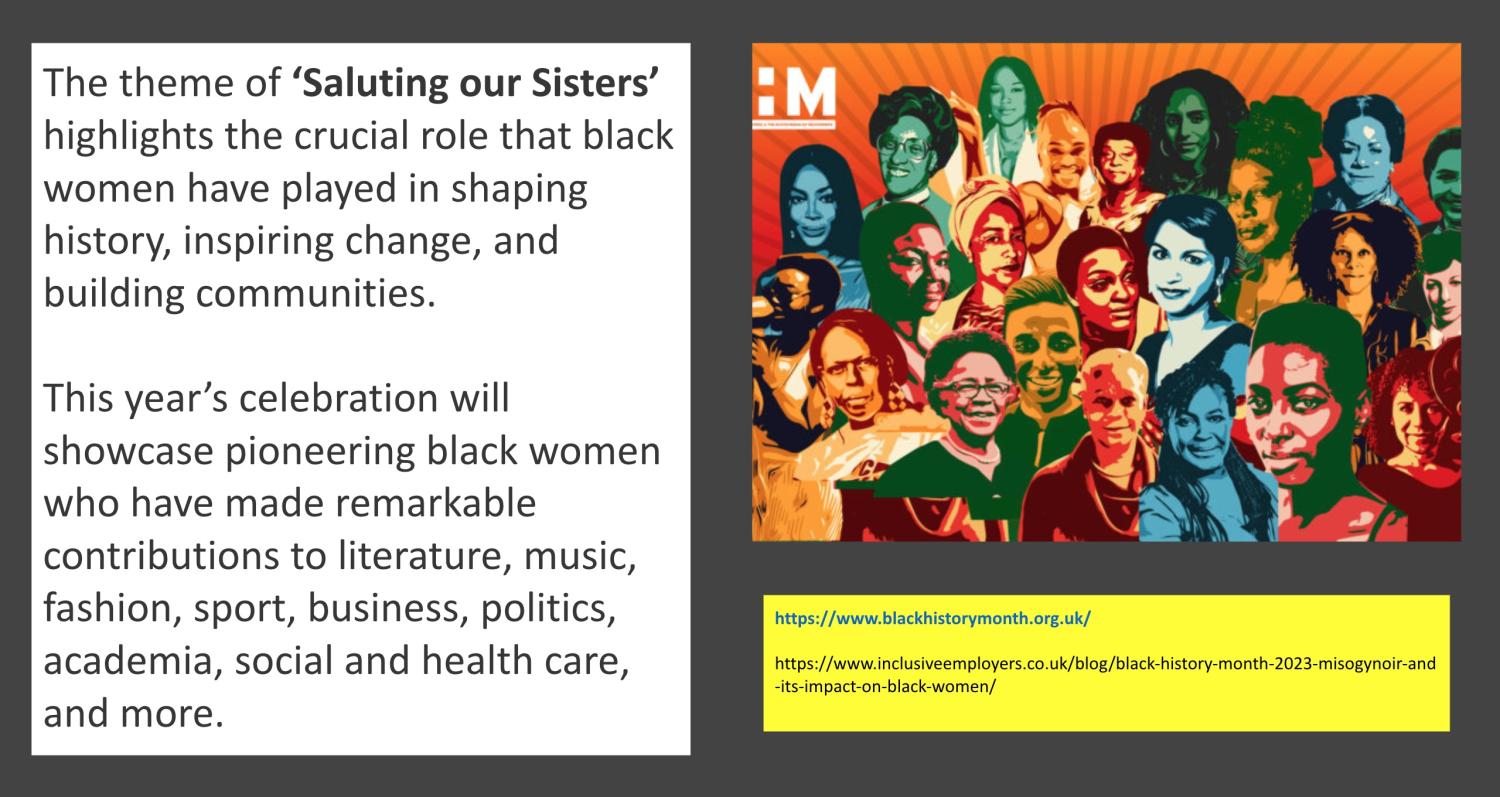
In Harrodian’s own special BHM Prep and Senior assemblies Mr Rohit Benjamin, Harrodian’s Head of Equality, Diversity and Inclusion (EDI) provided background on the national programme whose theme this year was Saluting our Sisters. He also touched on the many other Black History events taking place both nationally and in London. These included a UK run of shows by black comedians, a film festival focusing on black excellence in the Royal Ballet and ‘Women in Science’, a tour of the National History Museum focusing on female scientists of colour.
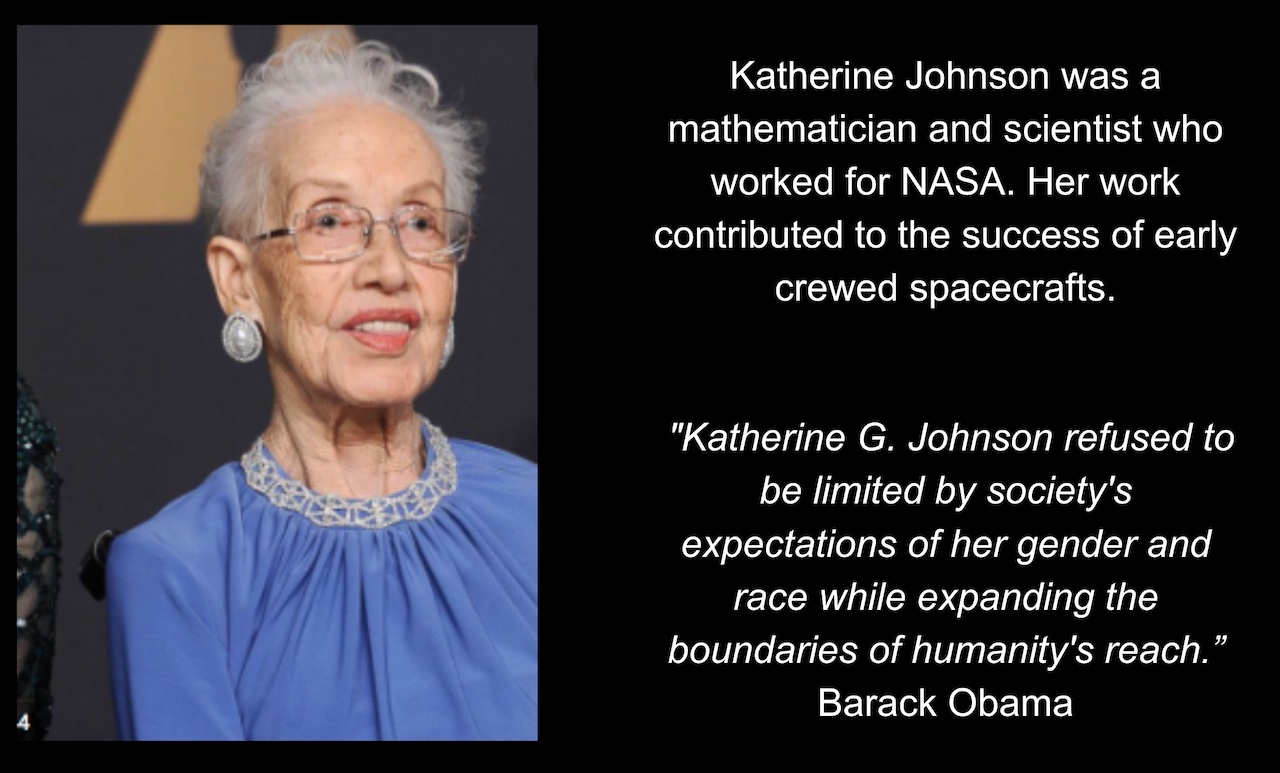
The uncomfortable truth, of course, is that until recently, in fields such as science the contribution of black people has often been overlooked or ignored. Harrodian’s own Science teachers were exploring this very theme in the classroom in October. Pupils in the 12s, for example, were asked to create a project celebrating a black scientist of their choice and came up with some great examples of once forgotten heroes, such as the NASA scientist and mathematician, Katherine Johnson.
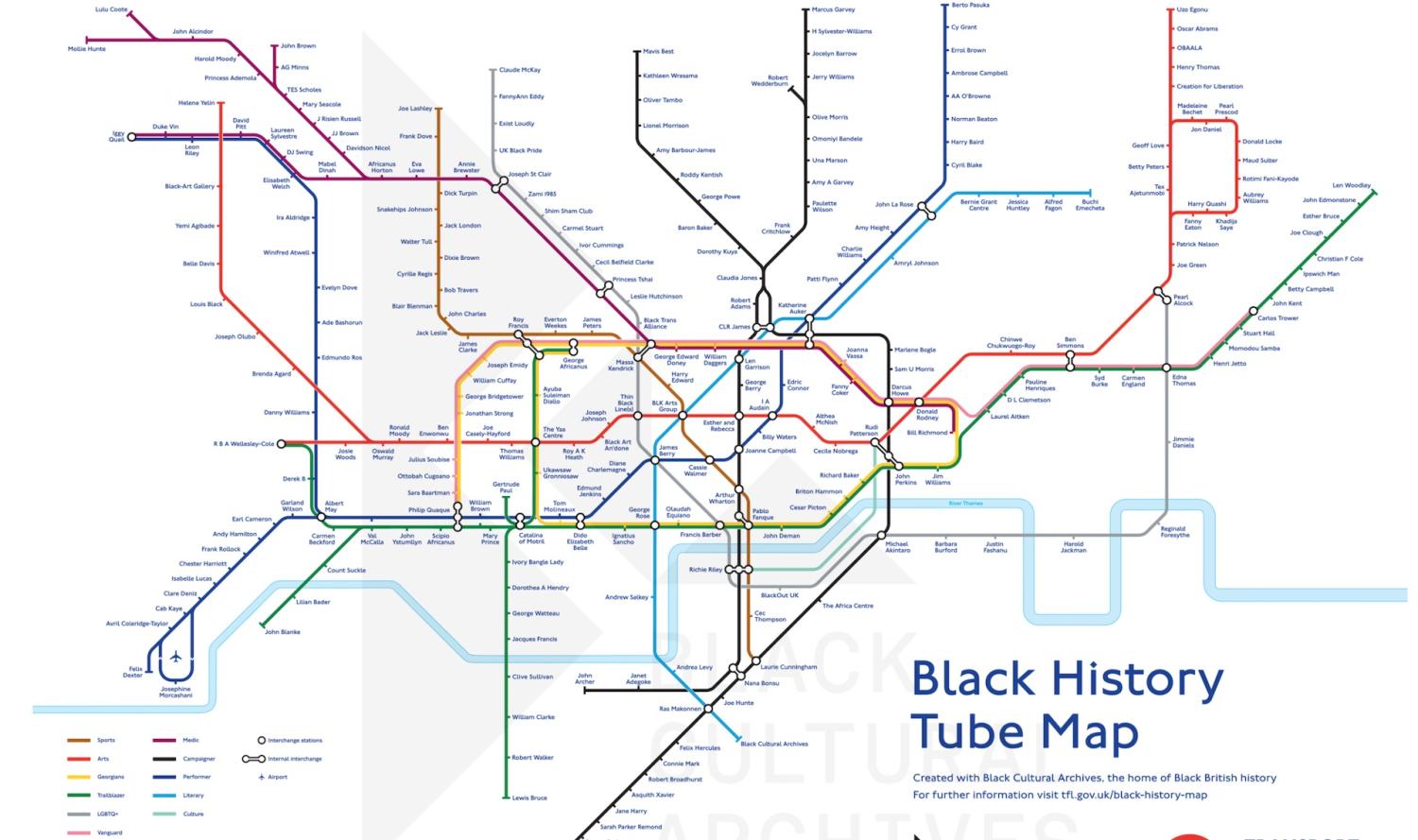

Art has proved a great medium through which BHM can find expression. Mr Benjamin cited last year’s Black History Tube map (which you can buy here) which replaces the stations on the network with great black Londoners, as one brilliant example. And some of our own young artists have been picking out black figures they admire in their work. A portrait of Bill Morris, seen on a recent trip to the National Portrait Gallery, above, inspired 12s to choose the trades union leader as a figure to celebrate, while 14s student, Phoebe, has embarked on a project which celebrates cook and musician, Loyle Carner in media from paint to tufted textiles, top and below.
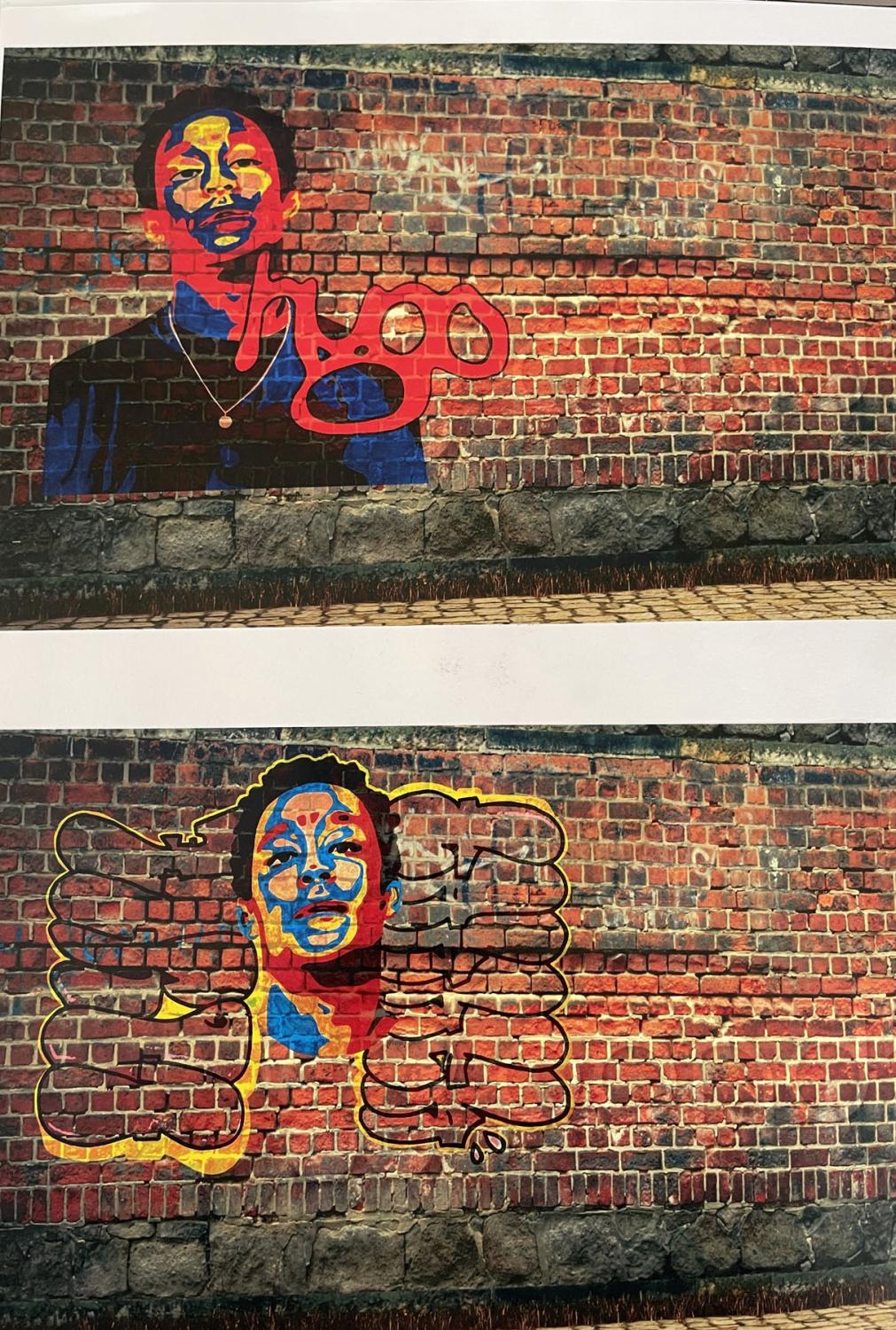
 All these projects help raise new awareness of black people’s contribution to British society but, as Mr Benjamin pointed out, there are still some influential voices wondering if there really should be a Black History Month at all. ‘Some campaigners argue against the existence and usefulness of the month as they believe it marginalizes UK Black history and that it should, rightly, be remembered all year round’ he says. As the British activist and historian, George the Poet puts it: ‘Try and teach White history in a month and let me know how that goes!’
All these projects help raise new awareness of black people’s contribution to British society but, as Mr Benjamin pointed out, there are still some influential voices wondering if there really should be a Black History Month at all. ‘Some campaigners argue against the existence and usefulness of the month as they believe it marginalizes UK Black history and that it should, rightly, be remembered all year round’ he says. As the British activist and historian, George the Poet puts it: ‘Try and teach White history in a month and let me know how that goes!’
Malorie Blackman, author of the hugely popular fiction series Noughts and Crosses agrees, arguing that Black history should have a permanent place in the curriculum. ‘If you're talking about the history of Britain, then that history includes black people and people of colour,’ she has said.
Harrodian teachers are listening. For example, Harrodian’s English department have been taking steps since 2020 both to address the lack of diversity and to embed EDI within the curriculum. Last month, Black history and experiences were included in lessons that promoted discussion and debate as the 13s (Year 9s) prepared to study the play version of Noughts and Crosses, for example.
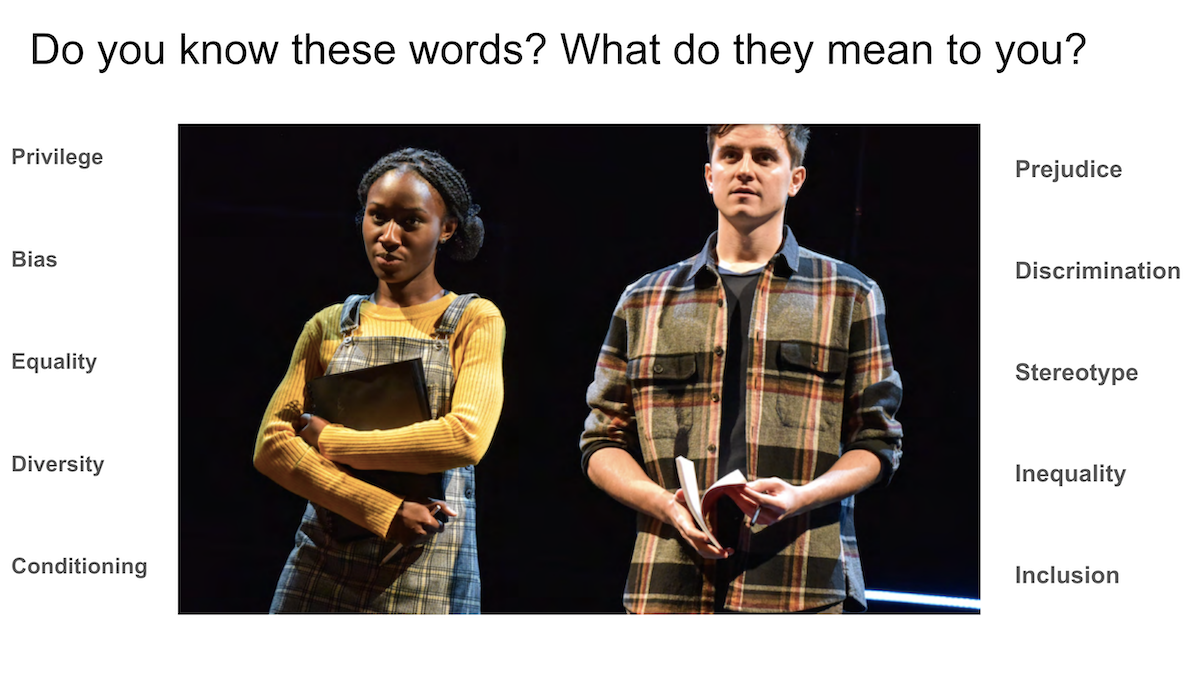
‘The aim here is for a thoughtful and inclusive curriculum from September to July every year,’ says Rohit Benjamin in conclusion. ‘I hope that Black History Month helps to give our teachers some focus for this.’

